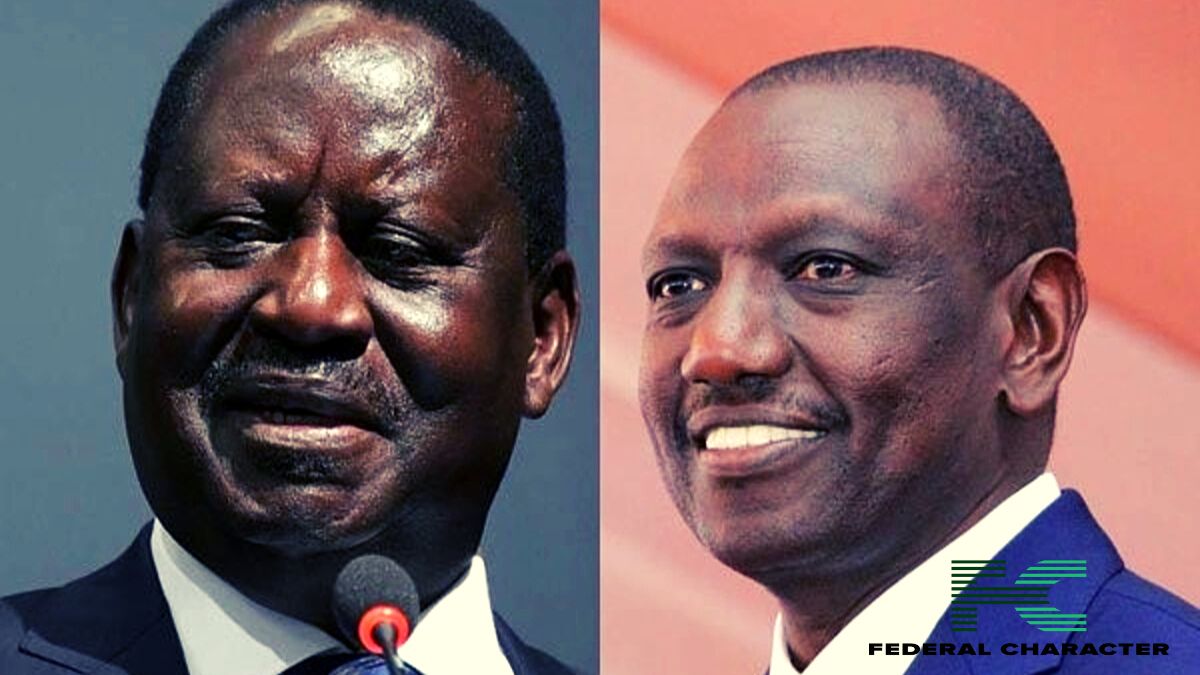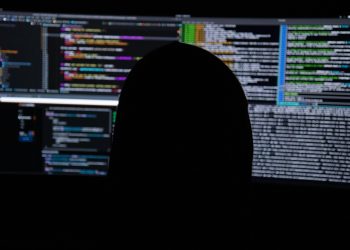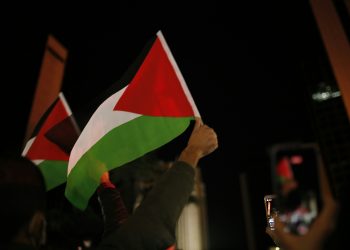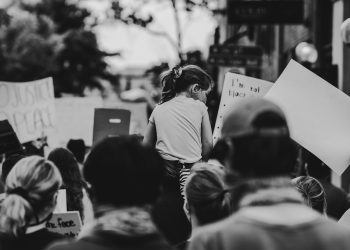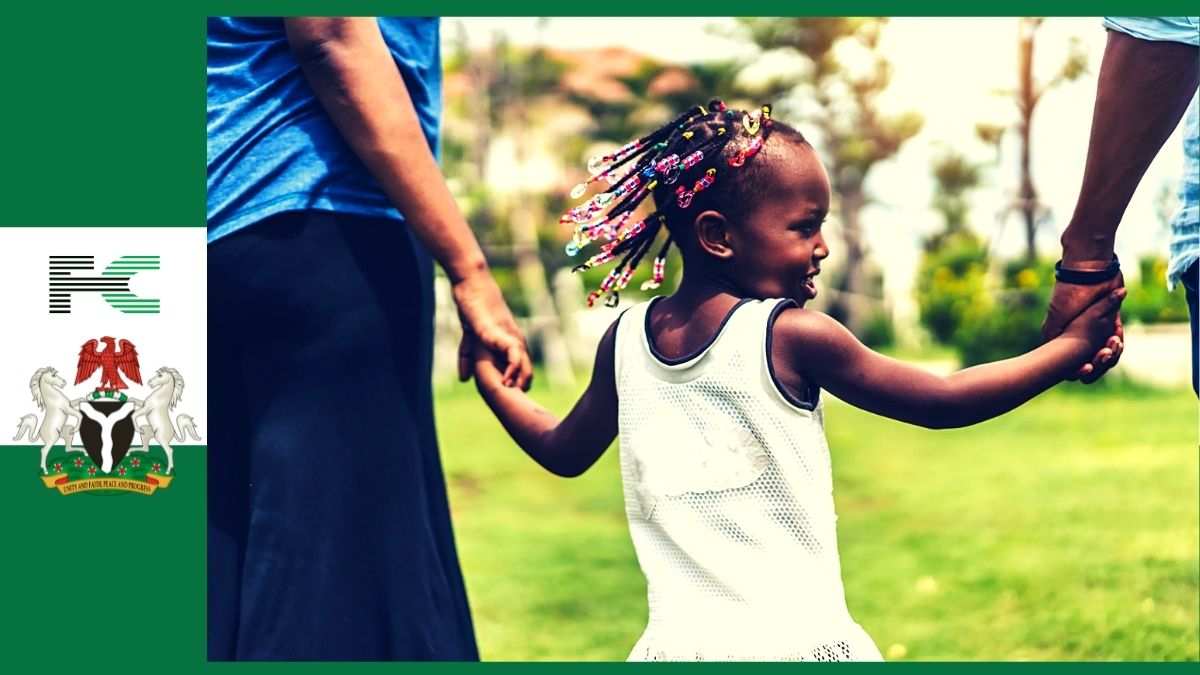In recent weeks, Kenya has been embroiled in a series of protests led by the opposition coalition, Azimio la Umoja (Declaration of Unity), headed by Raila Odinga. The demonstrations were triggered by public outrage over the rising cost of living and tax hikes implemented in June, which many citizens believe are exacerbating their financial hardships.
During the candle-lit vigils held on Wednesday in major cities, the opposition mourned the loss of more than two dozen people who were killed and scores more who were injured during the demonstrations. The protests have caused widespread disruption and have at times turned violent, with confrontations occurring between protesters and the police.
Opposition leader Raila Odinga has been a vocal critic of the government, accusing them of both contributing to the high cost of living and seeking to consolidate power. He has called for acts of civil disobedience as a means to express discontent with the government’s policies.
The situation took a dark turn when Kenyan rights group, Independent Medico-Legal Unit, reported that 37 people were killed by the police during the protests. In response, Azimio la Umoja claimed that the death toll was even higher, alleging that at least 50 people lost their lives during the demonstrations.
However, the interior ministry has firmly denied these allegations, stating that there were no extrajudicial killings or excessive use of force by the security forces. The conflicting narratives have only added fuel to the already contentious situation.
Opposition figures, including Raila Odinga and Kalonzo Musyoka, visited injured protesters at hospitals in Nairobi, showing their support and emphasizing the gravity of the situation. Musyoka called for the government to repeal the finance act, which was suspended pending a legal challenge in Kenya’s High Court.
Amidst the chaos and mounting tensions, President William Ruto extended an invitation to Raila Odinga for talks to address the anti-government protests and the economic crisis.
However, Odinga was quick to dismiss Ruto’s invitation as insincere, claiming that it was merely a “public relations exercise.” He questioned the President’s intentions, asserting that if Ruto truly wanted to engage in meaningful dialogue, he would have pursued more formal and respectful channels of communication instead of resorting to social media platforms.
Speaking from Nairobi, Odinga went on to accuse Ruto of playing games and not taking the ongoing crisis seriously. The opposition leader emphasized the severity of the situation, stressing that the country was facing a crisis that demands a genuine and committed approach to finding a resolution.
Odinga made it clear that he and his alliance were ready and willing to participate in talks at any time, once the government was prepared to approach the negotiations with sincerity and a genuine desire to address the issues at hand.
The controversy surrounding the protests has highlighted the deep political divisions in Kenya. Some critics argue that Raila Odinga’s motives may be more politically driven than genuinely concerned about the people’s plight. They claim that he saw an opportunity to exploit the economic crisis to undermine Ruto’s government and secure his own political agenda.
In the midst of this volatile situation, the Kenyan population has been left to bear the brunt of the unrest. Many have lost their lives, raising questions about the need for a swift resolution through dialogue between the government and the opposition. While the nation awaits a resolution, the ongoing protests serve as a stark reminder of the pressing issues that continue to plague Kenya.

